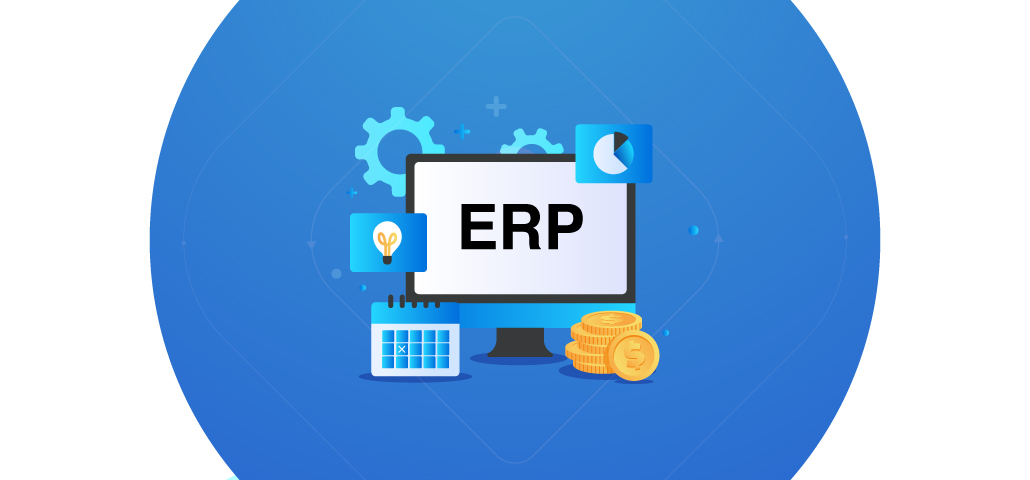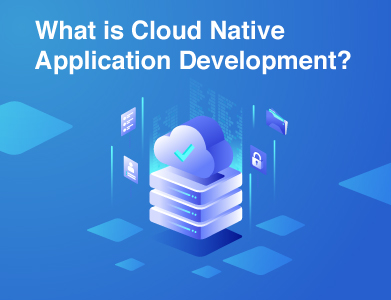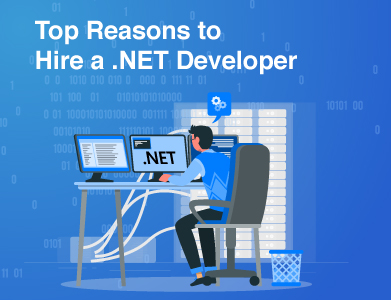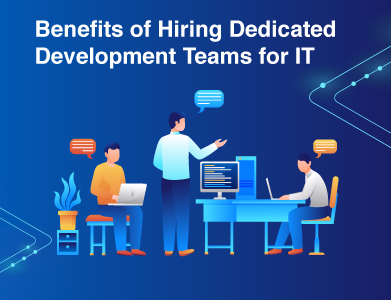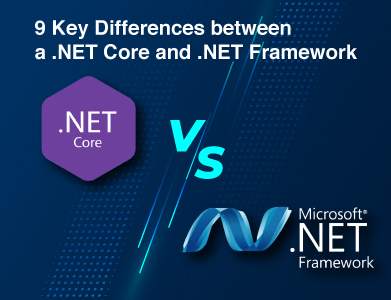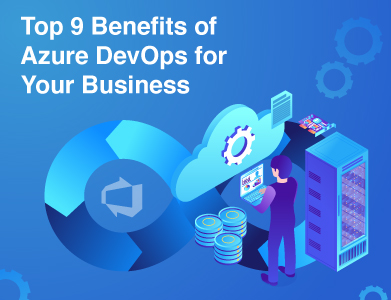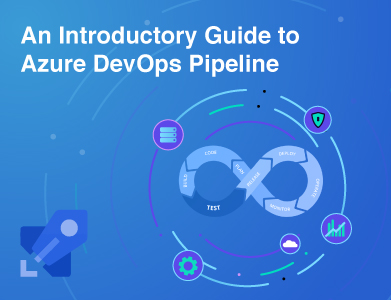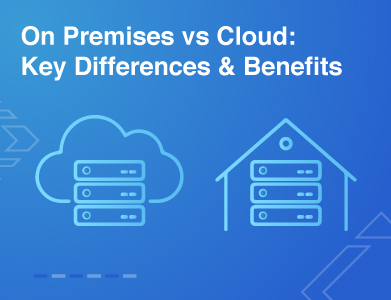Let’s face it. Asking about the cost of ERP implementation is like asking, "How much does it cost to build a house?" It depends. On what? Just about everything.
But if you’re a decision-maker trying to budget for a robust ERP software system, you don’t want vague answers. You want numbers, clarity, and context—all without the fluff. This article is designed for exactly that. We’ll give you a clear picture of what goes into ERP pricing and why the numbers vary so much.
We’re not going to rehash the whole “What is ERP?” discussion. That’s already covered in our Complete Guide to ERP Development. Instead, we’ll focus on ERP software cost, pricing models, and what influences the total investment so you can plan it wisely.
How Much Does an ERP System Cost?
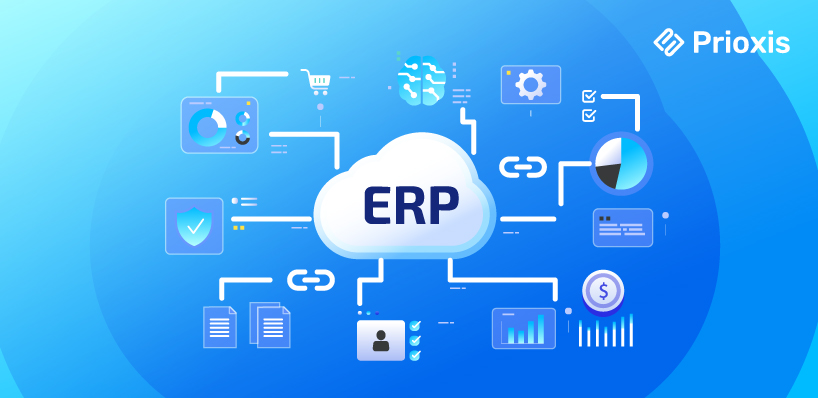
The cost of ERP software implementation can range anywhere from $25,000 to over $500,000, depending on the size of your business, the level of customization, the modules included, and the deployment model (cloud vs. on-premises).
Here’s a rough industry estimate:
- Small Business (basic ERP) $25,000 to $100,000
- Mid-Sized Business (moderate customization) $100,000 to $250,000
- Enterprise (complex implementation) $250,000 to $500,000+
These estimates include development, configuration, data migration, training, and support. Let's explore how pricing structures work during ERP implementation.
ERP Implementation Pricing Models
ERP pricing is not one size fits all. Businesses pick models based on their cash flow, long-term plans, and appetite for risk. Here are the most common pricing models you’ll encounter:
Perpetual Licensing
You pay upfront, once. The software is yours to use indefinitely. This model is preferred by larger companies that want complete control and don’t mind investing big at the start. It gives you full ownership, but you’ll also need to manage updates, infrastructure, and in-house or external IT support. It’s not just buying software; it’s signing up for full responsibility.
Subscription Licensing
Subscription licensing in ERP is like how you pay Netflix but for your back office. You pay a monthly or yearly fee. It’s cloud-based, usually hosted by the provider, and you get updates as part of the deal. It’s attractive because of the low upfront costs and easier cash flow management. However, long-term subscription fees can add up, so while CAPEX becomes OPEX, it’s still a recurring ERP software cost you need to plan for.
Fixed-Price Model
Here, the vendor gives you a quote for a defined scope of work. You know exactly what you’ll pay, which is great for budgeting. The catch? Any change in scope will likely change the cost. It works best when your ERP requirements are crystal clear and unlikely to change during the project.
Time and Material Model
This is the open-ended version. You pay for the hours worked. It offers the most flexibility but can become expensive if scope creep kicks in. Choose this when you’re building a complex system and need room to evolve as you go. Make sure your vendor provides regular reports and milestones to prevent cost overruns.
Traditional ERP Implementation
This involves a mix of software licensing, third-party consulting, system integration, and change management. It’s more resource-heavy, requiring internal champions and strong governance. This model is common for large organizations that want a bespoke ERP environment spanning multiple geographies or business units.
Factors Affecting the ERP Software Implementation Costs
Now let’s discuss what actually influences how much you’ll pay. These factors aren’t just technicalities. They directly impact on your total cost of ERP software development services.
1. Number of Users & Features
The more users you have, the more licenses you need. Simple math. But user count isn't just about headcount. It depends on the level of access and functionality required per role. A read-only user costs less than a full-access user.
Similarly, features have a multiplying effect. A basic ERP with accounting and HR is vastly different in scope than one that includes CRM, inventory, manufacturing, and analytics. Every module adds cost, both in terms of licensing and configuration.
2. Location of Software Developers
Location matters. Hiring ERP consultants or developers in North America or Western Europe comes at a premium. Outsourcing to regions like India, Eastern Europe, South Asia, or the Middle East can bring savings without compromising on communication, experience, or project management.
The best approach? A hybrid model where core architecture is designed by a senior team, and execution is distributed cost-effectively.
3. Implementation
This is the most demanding stage of ERP. It includes:
- Business Process Mapping Understanding current workflows
- System Configuration Tailoring the ERP to fit your processes
- Data Migration Cleaning, formatting, and transferring legacy data
- Integration Connecting ERP to CRM, payroll, POS, and other tools
- Training Ensuring staff know how to use the system effectively
- Testing and UAT Detecting and resolving bugs before launch
The complexity of integration with legacy or third-party systems, especially when APIs are limited, can significantly affect cost and timelines. Skimping here is like skipping the foundation when building a house and spoiler alert — It doesn’t end well.
4. Add Ons and Customization
Custom reports, dashboards, or niche features add real value, but they also add cost. For example, if you're in manufacturing, you might need a product lifecycle module or IoT integration. If you’re in finance, you might need enhanced compliance and audit tracking.
These add-ons often require both front-end and back-end work. Make sure they’re worth it. Customization is best when it solves a core pain point, not when it’s just for convenience.
Also, if your ERP needs to comply with regulations such as GDPR, HIPAA, or local data residency laws, compliance measures will add to your ERP implementation cost.
5. Maintenance and Support
ERP systems need constant care. Post-launch costs include:
- Bug fixes and patch updates
- Security and compliance checks
- Performance tuning
- Adding new users or modules
Support can be in-house or outsourced. Either way, budget for 15 to 20% of your total ERP cost annually for maintenance. It’s the equivalent of taking your car in for service. Skip it, and you’ll pay more later.
Hidden Costs of ERP Implementation
Beyond the obvious line items, there are sneaky expenses that can often go unnoticed:
- Change Management Training users, managing resistance, and encouraging adoption take time and budget.
- Lost Productivity During rollout, users might slow down as they adjust to the new system.
- Third-Party Licensing Integration with third-party tools may come with their own costs.
- Upgrades and Scalability Scaling the system later can introduce new licensing or infrastructure fees.
Account for these early. No one likes budget surprises midway through an implementation.
How to Save Cost on ERP Implementation?
Implementing ERP doesn’t have to drain your entire digital transformation budget. Here’s how to be strategic:
- Select the Right ERP Implementation Partner
Not all vendors are created equal. A good ERP partner will challenge your assumptions, guide decisions, and help you avoid common pitfalls. Look for domain expertise, technical depth, and a transparent approach to pricing.
- Focus on ROI
Every feature request should pass the ROI test. Ask: Will this improve efficiency, cut costs, or improve customer experience? If not, reconsider. Track performance post-launch using measurable KPIs to ensure your ERP is working for you.
- Avoid Unnecessary Customization
Customization can be powerful and tempting but also risky. If a process can be adapted to fit the ERP standard without disrupting core operations, go with the standard. Save custom work for features that offer a real strategic advantage.
So... What Should You Budget For?
Each category depends on your processes, users, and growth plans. If you plan to scale operations or expand across regions, build that into your ERP roadmap early.
Also consider indirect costs: productivity dips during rollout, employee training time, and the cost of change management. These aren’t always on the invoice, but they’re real.
Don’t forget KPIs. Typical metrics tracked post-implementation include:
- Inventory turnover
- Order-to-cash cycle time
- System uptime and reliability
- Employee system adoption rates
This helps quantify the return on your ERP investment beyond just cost.
Final Thoughts
ERP implementation is an investment, not a transaction. The real cost isn't just in dollars. It’s in time, alignment, and strategic clarity. Get that part right, and the numbers will follow.
Don’t just look at the invoice. Look at the outcome. Will this ERP system make your business more efficient, compliant, and scalable? If yes, you’re on the right track.
And if you’re still unsure what ERP software development services might cost for your business, we’re here to run the numbers with you. No buzzwords. No vague timelines. Just a practical plan that works. Reach out to our team of ERP experts at business@prioxis.com
Because knowing the numbers is good. But knowing what to do with them? That’s ERP done right.
